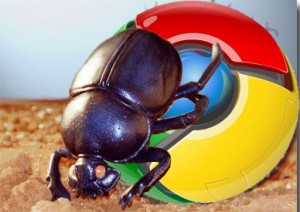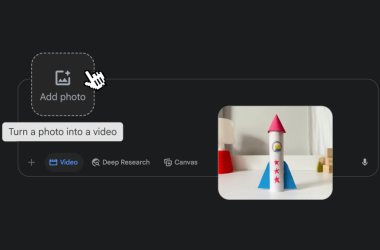Google yesterday patched 24 vulnerabilities in Chrome, and paid out $29,500 in bounties to nine researchers, more than half of that to one of the company’s most prolific bug finders.
Chrome 22, which Google started pushing to current users on Tuesday, also debuted improvements in how the browser renders 3-D web apps, including games.
The 24 vulnerabilities include one rated “critical,” Google’s highest threat ranking, 15 tagged “high,” five pegged “medium,” and three labelled “low.”
Critical bugs are rare in Chrome: Yesterday’s, in fact, was not in the browser itself but rather in Windows. In Tuesday’s update notification, Google called it a “Windows kernel memory corruption” and attributed the report to a pair of researchers at a Finnish company, Documill, that specialises in creating software for accessing Microsoft Office and Adobe Reader documents through a browser.
For their work, Google awarded the pair $5,000.
The company also paid $15,000 to long-time bug contributor Sergey Glazunov for reporting a pair of critical universal cross site scripting (UXSS) vulnerabilities, one in the browser’s frame handling, the other in how it interacts with Google’s V8 JavaScript engine.
Glazunov was one of two security researchers who hacked Chrome at Google’s inaugural “Pwnium” contest last March. That feat earned him $60,000. With Tuesday’s $15,000 check, Glazunov has taken home nearly $80,000 for his research efforts this year.
So far in 2012, Google has paid over $290,000 in bounties, a number sure to climb. Last month, Google raised the bonuses it pays, saying the change was triggered by a decline in submitted reports.
Several of the researchers who received bounties for the bugs patched in Chrome 22 benefited from the increase, including Glazunov, the two from Documill, and others who received $1,000, the new bonus basement.
Chrome 22 includes few if any visible changes, but yesterday Google touted some behind-the-scenes improvements, notably support for the Pointer Lock JavaScript API, or “Mouse Lock.”
The feature should improve play of first-person, 3-D games within Chrome, said Google engineer Vincent Scheib in a Tuesday blog post.
Google also called out some unspecified enhancements to Chrome in preparation for the Oct. 26 launch of Windows 8 by Microsoft.
Although Google announced a Windows 8 version of Chrome — one that will include not just a desktop browser for that traditional UI, but also one for what was formerly called the “Metro” environment — in mid-June, it has not shifted the latter from the rough-around-the-edges “Dev” channel since then.






